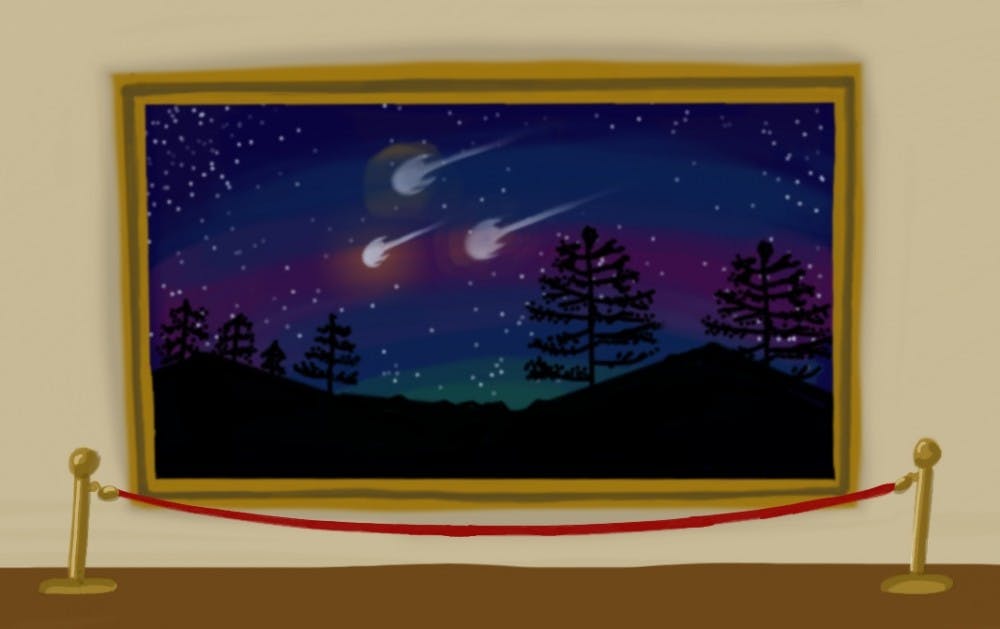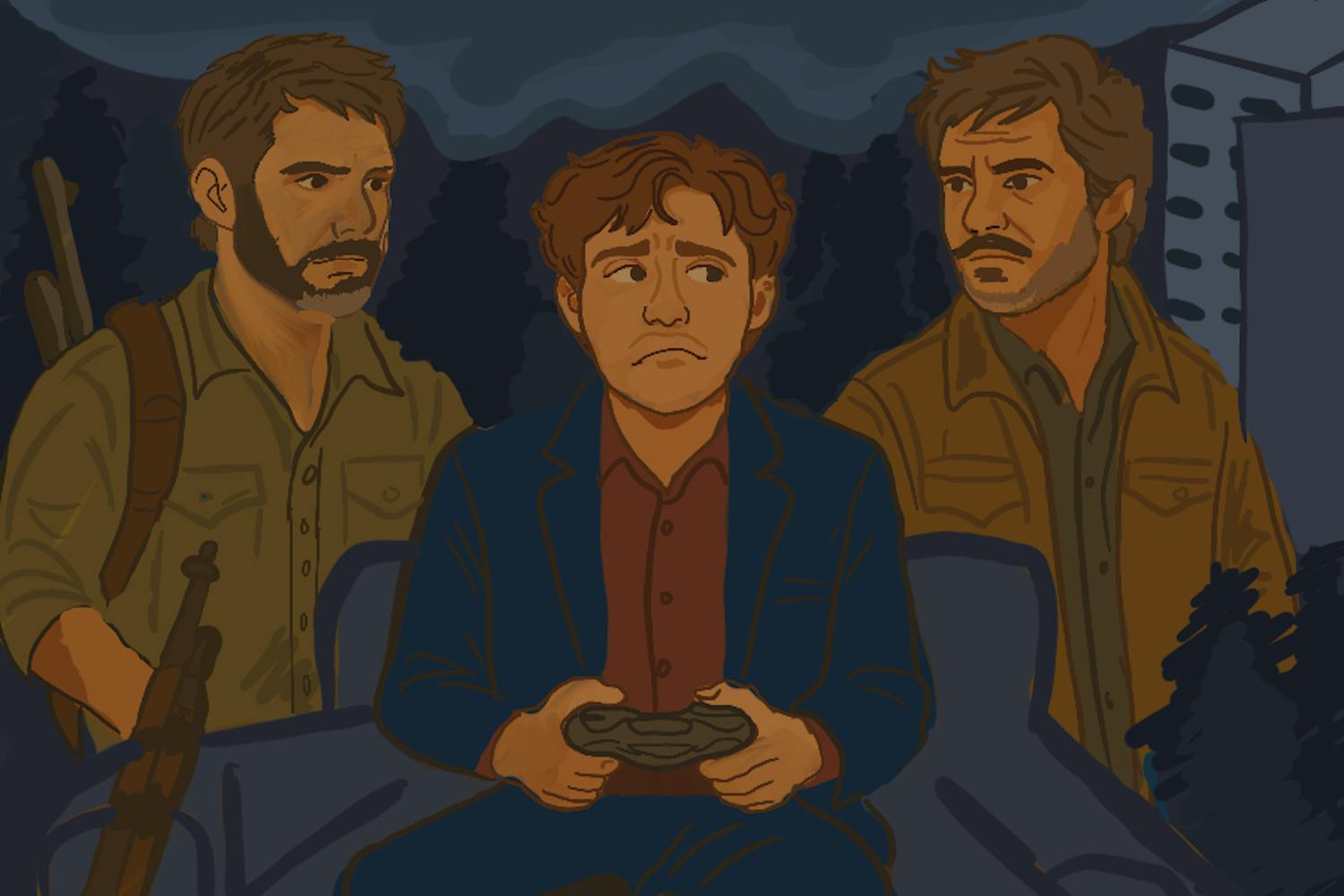About 4,000 years ago, a giant chunk of iron aimlessly floated in the vast expanse of space until it crashed through Earth's atmosphere into northern Argentina. Now, thousands of years later, a piece will be on display at ASU.
This meteorite, which broke into pieces upon hitting the ground at what is now El Campo del Cielo, is the focus of the ASU Art Museum's upcoming installation based exhibit by Argentinian artists Guillermo Faivovich and Nicolas Goldberg.
The exhibition is a three part installation split between "Decomiso" in the ASU Art Museum, "Tower of Knowledge" in Hayden Library and "Numero" in the Design and the Arts Library.
Faivovich and Goldberg said their work with the meteor bloomed out of a fascination for the otherworldly origin and age of the unique artistic material.
"What is attractive is that the meteorites are older than Earth," Faivovich said. "As artists, we work with materials and we are getting to work with a material that is older than the planet we are standing on."
Faivovich and Goldberg took a creative approach to documenting these historic chunks of meteorite. The multi-modal exhibit contains video, audio and over 400 prints of up-close photographs of the meteor.
For the photography, the artists shaved pieces of the meteor until they were thin enough for light to shine through the colored, transparent minerals that are dispersed in the metal.
The project started long before the artists ever came in contact with the meteorites. Over 400 pieces of the meteorite were confiscated from a rural ranch near the site of the meteor crash by the state attorney's office in Argentina before the chunks were illegally exported to be sold.
"Meteorites for sale can be very expensive," Goldberg said. "It's a scarce resource."
The two artists said that when they heard about the government's confiscation, they went to talk to the state attorney to find out what would happen to the meteorites.
When the artists were finally able to get in contact with the state attorney, Goldberg said he was very receptive to the artist's ideas to catalog the rocks.
"He was into art – a sensible person," Goldberg said.
The artists were given permission to index, name and weigh the chunks of the meteor which was a three day process.
"It was alienating, but it was very emotional and fun and interesting," Goldberg said.
After being contacted by the directors of ASU's Artist Residency program, Goldberg and Faivovich were given the opportunity to express their relationship with the meteorite over the years through an artistic lens. The duo spent three years traveling between ASU and the site of the meteorite in Argentina.
To complete the project, Faivovich and Goldberg were given access to ASU facilities and equipment such as the Design and the Arts Library, the Center for Meteorite Studies and an atomic microscope at the Eyring Materials Center to take the photographs.
While the full installation won’t be on display until Oct. 20, a group of paintings are already hanging in the Design and the Arts Library on the Tempe campus.
Debra Riley-Huff, head of the humanities division for the Design and Art Library, said the bridge between arts and natural sciences makes the exhibits by Faivovich and Goldberg so powerful.
"I love the interdisciplinary nature. I love that we are thinking about astronomy and science and the relationships of people to these objects," Riley-Huff said.
Faivovich and Goldberg said their work is universal and open to interpretation.
"It is a very beautiful reflection about space and time," Goldberg said. "It is sort of human time versus cosmic time, you are looking at something that is 4.5 billion years old – we have barely existed in the universe and this thing has been around."
The installation opens in the ASU Arts Museum on Oct. 20 and will remain open until May 2019.
Reach the reporter at tlhill9@asu.edu and follow @hilltroy99 on Twitter.
Like The State Press on Facebook and follow @statepress on Twitter.




